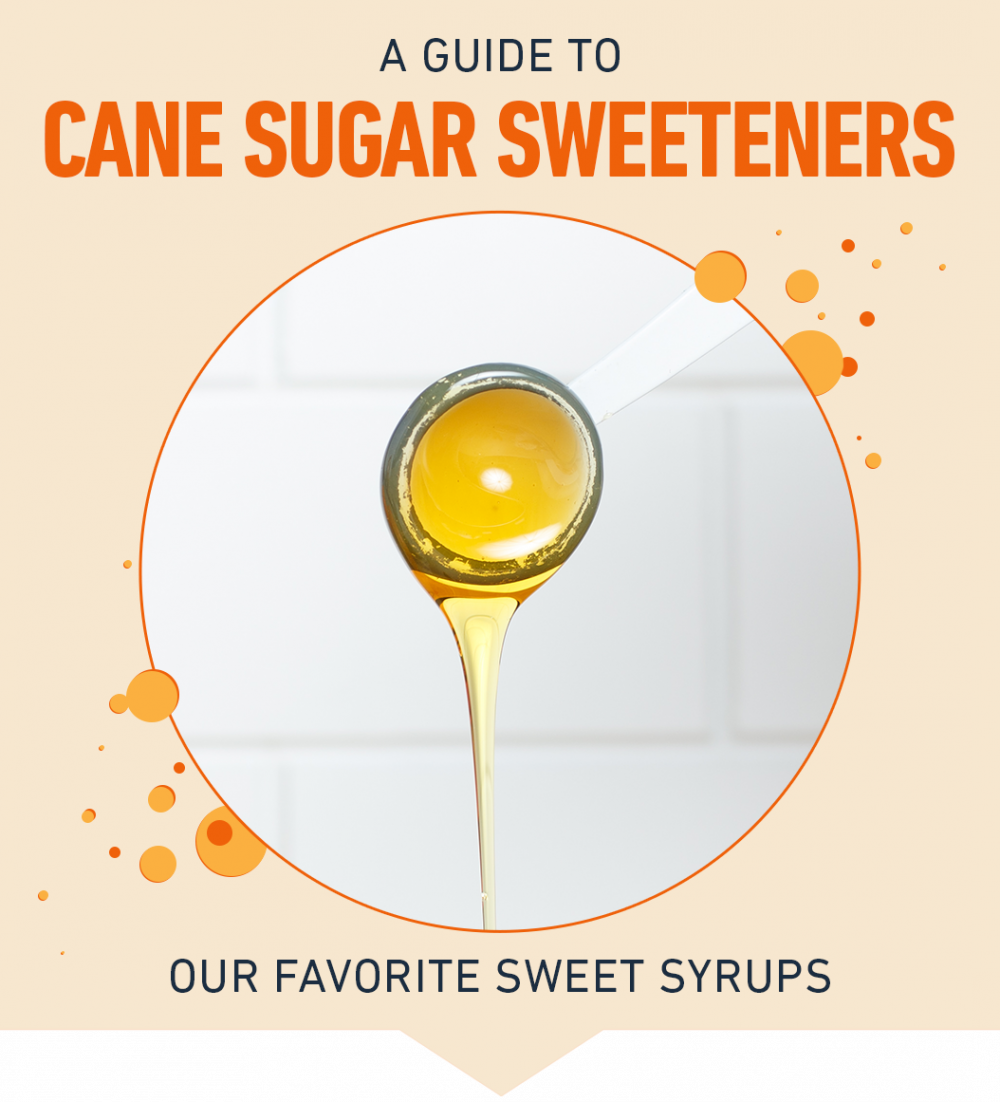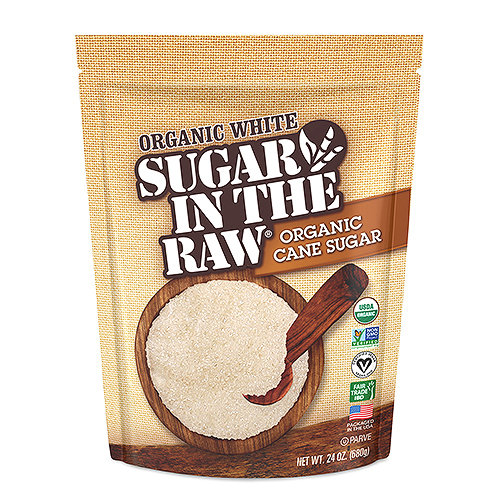Discovering the Comprehensive Tips Associated With Cane Sugar Handling From Collecting to Improvement
The process of cane sugar production encompasses a collection of intricate actions, beginning with the cautious harvesting of sugarcane and culminating in the refinement stages that make sure the last product satisfies sector requirements. Each stage, from the removal of juice to the filtration and formation processes, plays a vital duty in identifying the high quality and character of the sugar.
Collecting Sugarcane
Collecting sugarcane is an important action in the cane sugar processing chain, as it directly influences the top quality and yield of the final product. Correct timing and strategies are vital during this phase to make certain optimum sugar content and reduce losses. Commonly, sugarcane is harvested when it reaches maturity, usually 12 to 18 months after planting, characterized by a high sucrose concentration.

Post-harvest, the sugarcane needs to be refined quickly to stop sucrose degradation. Preferably, gathered walking cane should be carried to refining facilities within 24 hours to protect sugar quality. Consequently, effective logistical planning is vital to keep the integrity of the harvested crop throughout the supply chain.
Extraction Process

The crushed cane is subjected to a collection of pushing procedures to optimize juice recovery. Generally, warm water is sprayed onto the crushed cane, producing a countercurrent circulation that assists dissolve the sugar while additionally aiding in the removal procedure. The juice gathered from this operation includes not just sugar but additionally numerous organic compounds and pollutants.

To improve extraction efficiency, some facilities might employ diffusion methods, where the sugarcane is soaked in warm water, enabling the soluble sugars to diffuse into the liquid. The resulting juice, abundant in sucrose, is after that guided to succeeding handling phases, laying the structure for filtration and improvement. The removal process is therefore critical in determining the quality and yield of the final sugar item.
Filtration Techniques
The purification strategies employed in walking stick sugar processing are crucial for changing the raw juice into a high-quality sugar product. These techniques mostly intend to remove contaminations, such as dirt, plant products, and not natural substances, which can detrimentally impact the last product's taste and shade.
One of one of the most usual purification methods is explanation. This process involves adding lime and warmth to the raw juice, which assists in the coagulation of impurities. The resulting precipitate is then removed via sedimentation or purification, generating a clearer juice. In addition, using phosphoric acid can enhance the information procedure by further binding contaminations.
Another substantial method is carbonatation, where carbon dioxide is presented to the cleared up juice. This reaction creates calcium carbonate, which records continuing to be impurities and promotes their removal.
Additionally, activated carbon treatment may be applied to adsorb any kind of remaining colorants and organic impurities, making certain an extra refined item. The mix of these approaches effectively prepares the sugar juice for subsequent action in the refining procedure, this establishing the phase for the manufacturing of top notch walking cane sugar.
Crystallization Techniques
After the purification stage, the following critical step in walking stick sugar processing includes crystallization methods, which play a pivotal role in changing the cleared up juice right into strong sugar. This procedure normally uses two main methods: spontaneous formation and regulated condensation.
In spontaneous condensation, supersaturated sugar options are allowed to cool down normally, resulting in the formation of sugar crystals in time. This technique is easier but may result in uneven crystal dimensions and reduced pureness degrees. On the other hand, regulated condensation is a much more exact strategy where temperature level, seeding, and focus representatives are thoroughly handled. This approach permits the consistent development of sugar crystals and greater purity.
During formation, the cleared up juice is concentrated through dissipation, raising its sugar content until it reaches supersaturation. When this factor is achieved, either method can help with the formation procedure. Cane Sugar Processing. The resultant sugar crystals are then divided from the remaining syrup via centrifugation
Inevitably, the selection of crystallization approach impacts the quality, dimension, and pureness of the final sugar product, making this step crucial in the overall walking stick sugar processing procedure.
Refinement and Packaging
How can the pureness and high quality of cane sugar be even more improved after formation? The refinement procedure plays an essential role in accomplishing top notch walking stick sugar. Complying with formation, sugar undertakes a complete washing to get rid of impurities and residual molasses. This is usually accomplished utilizing cozy water or vapor, which helps dissolve and remove unwanted components while protecting the sugar crystals.
Following, the sugar undergoes a procedure called centrifugation, where it is spun at broadband to separate the cleansed sugar crystals from the continuing to be fluid. After centrifugation, the sugar is commonly additional improved via a technique called carbonization or phosphatation, which makes use of turned on carbon or phosphoric acid to eliminate shade and off-flavors.
Once refined, the sugar is dried to attain the wanted moisture material, guaranteeing that it stays stable during storage and transport. The last Look At This step includes product packaging the refined sugar in moisture-proof and airtight containers to maintain its high quality and avoid contamination. Cane Sugar Processing. Correct packaging not only extends service life yet also facilitates very easy handling and distribution, ensuring that customers receive sugar that meets the greatest standards of purity and high quality
Verdict
The thorough steps involved in cane sugar handling, from the thorough harvesting of sugarcane to the elaborate refinement and product packaging phases, highlight the relevance of each phase in making certain high-grade sugar production. Optimum harvesting techniques, efficient removal techniques, and rigorous filtration processes jointly add to the last item's purity and security. The condensation and subsequent product packaging methods additionally improve the see here integrity and service life of the sugar, highlighting the complexity and accuracy integral in this vital farming market.
The procedure of cane sugar production includes a series of complex steps, beginning with the cautious harvesting of sugarcane and culminating in the improvement phases that guarantee the final product fulfills industry standards. Ideally, harvested walking stick should be carried to refining facilities within 24 hours to preserve sugar high quality.In spontaneous crystallization, supersaturated sugar options are enabled to cool down naturally, leading to the formation of sugar crystals over time - Cane Sugar Processing. The improvement procedure plays a vital role in accomplishing premium cane sugar.The comprehensive steps included in walking cane sugar handling, from the meticulous harvesting of sugarcane to the detailed improvement and product packaging stages, underscore the value of each stage in guaranteeing premium sugar manufacturing